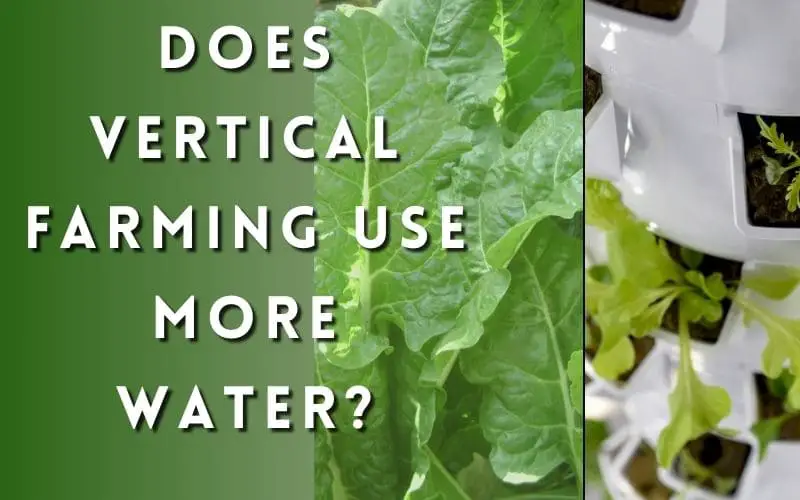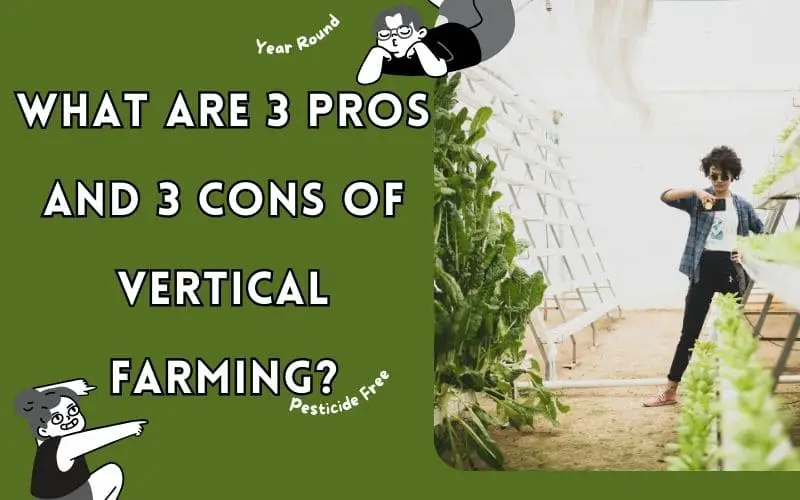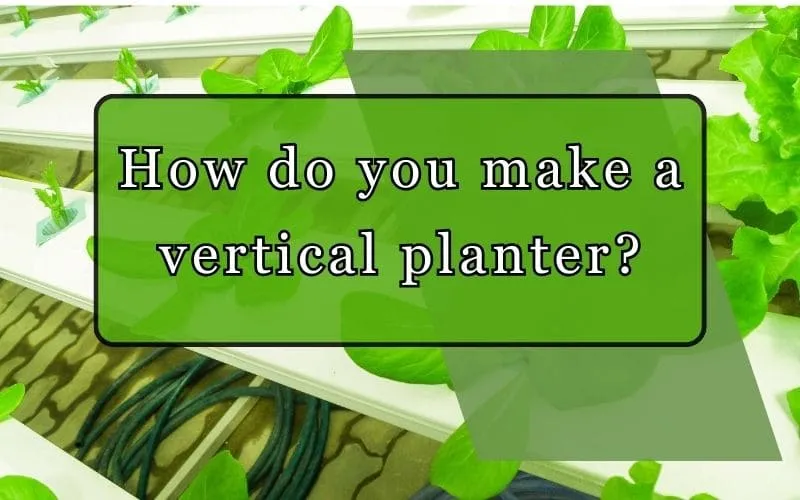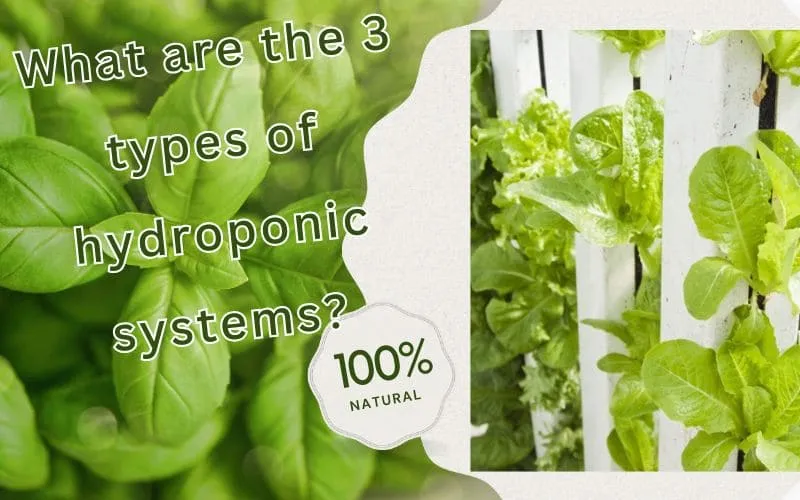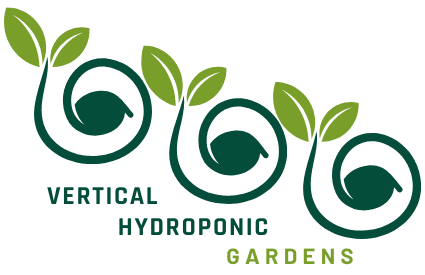Why does vertical farming use less water?
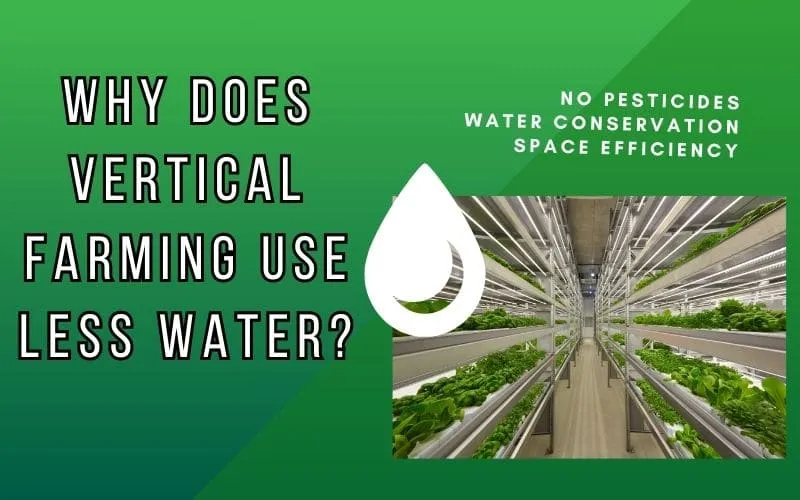
Introduction
Welcome to our blog post on the fascinating world of vertical hydroponic gardens! In this article, we will explore the revolutionary practice of vertical farming and its profound impact on water conservation. By delving into the benefits, techniques, challenges, and solutions associated with vertical farming, we aim to provide a comprehensive understanding of this sustainable agricultural method.
Answer to the Question
Vertical farming utilizes less water due to its efficient irrigation systems, such as hydroponics and aeroponics, which optimize water usage for plant growth. This innovative approach minimizes water consumption and allows for the cultivation of crops in a sustainable manner, addressing the pressing issue of water scarcity in traditional agricultural practices.
Benefits of Vertical Farming
Water Conservation in Vertical Farming
Vertical farming plays a crucial role in water conservation through its innovative techniques and sustainable practices. Let’s delve into the various aspects of water conservation in vertical farming:
- Efficient Irrigation Methods: Vertical farming implements advanced irrigation methods such as hydroponics, aeroponics, and drip systems. These methods optimize water usage and minimize wastage by delivering water directly to the plant roots, reducing evaporation and runoff.
- Recirculating Water Systems: Vertical farms utilize recirculating water systems that collect, filter, and re-use water efficiently. This closed-loop system significantly reduces water consumption and ensures that the plants receive a consistent supply of water.
- Data-Driven Water Management: The integration of smart technology allows vertical farms to monitor and analyze water usage patterns. By using real-time data and precise control systems, farms can tailor their irrigation schedules to match the specific needs of each crop, thereby optimizing water usage.
- Climate-Controlled Environment: Vertical farming creates a controlled environment that minimizes water loss due to external factors such as weather conditions. By regulating temperature, humidity, and airflow, water loss is minimized, and optimal growing conditions are maintained.
- Water-Efficient Crop Varieties: Vertical farms focus on cultivating crop varieties that are inherently water-efficient, requiring minimal irrigation while yielding high-quality produce. This selective cultivation contributes to overall water conservation efforts.
By adopting these water conservation practices, vertical farming not only reduces water usage but also contributes to sustainable agriculture by conserving this precious resource for future generations.
Techniques for Water Conservation in Vertical Farming
Hydroponics
Hydroponics is a pioneering technique in vertical farming that offers a sustainable and innovative approach to plant cultivation. By growing plants in a nutrient-rich water solution without soil, hydroponics presents numerous advantages that contribute to water conservation and efficient resource utilization. Let’s delve deeper into the details of hydroponics and its impact on vertical farming:
- Resource Optimization: In hydroponic systems, nutrients are directly delivered to the plant roots, eliminating soil as a medium. This method minimizes water consumption and reduces nutrient wastage, leading to optimized resource utilization.
- Water Conservation: The absence of soil in hydroponics enables precise control over the water supply. This targeted approach significantly reduces water usage while ensuring that plants receive the necessary nutrients for healthy growth.
- Environmental Benefits: Hydroponic systems contribute to environmental sustainability by minimizing the leaching of fertilizers and chemicals into the surrounding ecosystem. This containment of nutrients prevents water contamination and supports ecological balance.
Hydroponics holds immense potential to revolutionize agricultural practices, particularly in water-scarce regions and urban settings. By providing a tailored environment for plant growth and maximizing resource efficiency, hydroponic techniques underscore the importance of sustainable water management in vertical farming.
Aeroponics
Aeroponics is a cutting-edge agricultural technique that is revolutionizing the way plants are grown in vertical farming systems. Unlike traditional soil-based cultivation or hydroponics, Aeroponics suspends plant roots in a misty environment to deliver water and nutrients directly to the roots. This method not only conserves water but also promotes optimal plant growth, making it highly efficient and sustainable.
Here’s a deeper look at the key aspects of Aeroponics:
- Resource Efficiency: Aeroponics stands out for its remarkable water-saving capabilities. By delivering nutrients through a fine mist, this method uses up to 95% less water than traditional soil cultivation.
- Promotes Superior Plant Growth: The direct delivery of water and nutrients to the roots results in faster, healthier plant growth, leading to higher yields and quality produce.
- Adaptability and Scalability: Aeroponic systems can be easily tailored to suit a wide range of crops and are highly scalable, making them suitable for various sizes of vertical farms.
- Sustainable Agriculture: The reduction in water consumption and the efficient nutrient delivery system of Aeroponics contribute significantly to sustainable agriculture practices, aligning with the global need for resource conservation and environmental stewardship.
Challenges and Solutions
Climate Control
Effective climate control is crucial in vertical farming to ensure optimal water usage and environmental conditions for plant growth. Utilizing advanced technologies such as controlled environment agriculture (CEA) and precision climate control systems, vertical farms can overcome climatic challenges, minimize water loss, and maintain a sustainable growing environment.
- Implementation of Climate Control Technologies
- Optimizing Water Usage in Vertical Farming
- Benefits of Precision Climate Control Systems
Vertical farming relies on the effective implementation of climate control technologies to create an environment that is conducive to plant growth. This involves the use of sensors, automated climate control systems, and the integration of data-driven decision-making processes. By constantly monitoring and adjusting environmental factors such as temperature, humidity, and air circulation, vertical farms can achieve precise control over the growing conditions, leading to higher crop yield and quality.
Climate control plays a pivotal role in managing water resources within vertical farming facilities. By regulating the environmental conditions, especially humidity levels and transpiration rates, farmers can minimize water wastage and ensure efficient utilization. This not only promotes sustainable farming practices but also contributes to water conservation efforts in agriculture.
The integration of precision climate control systems allows vertical farms to maintain consistent environmental parameters with minimal fluctuations. This stability provides an optimal growing environment, reduces the risk of crop stress, and enhances resource efficiency. Moreover, precision climate control systems facilitate the cultivation of a wider range of crops, including those with specific climate requirements, thereby diversifying the agricultural output of vertical farming facilities.
Nutrient Management
Nutrient management is crucial for the success of vertical farming. It involves the careful control and optimization of nutrient solutions to support plant growth and sustainability.
- Optimizing Water Usage: Efficient nutrient management in vertical farming contributes to water conservation by maintaining a balanced nutrient solution that minimizes water usage.
- Minimizing Nutrient Runoff: By carefully balancing nutrient solutions, vertical farms minimize nutrient runoff, thus promoting sustainable agricultural practices.
- Precision Nutrient Delivery Systems: Implementing precision nutrient delivery systems ensures efficient resource utilization and promotes effective water conservation within vertical farming operations.
Conclusion
In conclusion, vertical farming offers a sustainable solution to water conservation in agricultural practices. Through innovative techniques such as hydroponics, aeroponics, climate control, and nutrient management, vertical farms significantly reduce water consumption while maximizing crop yields. By addressing the challenges of water scarcity and promoting sustainable agriculture, vertical farming demonstrates its pivotal role in ensuring the future of food production while minimizing environmental impact.
